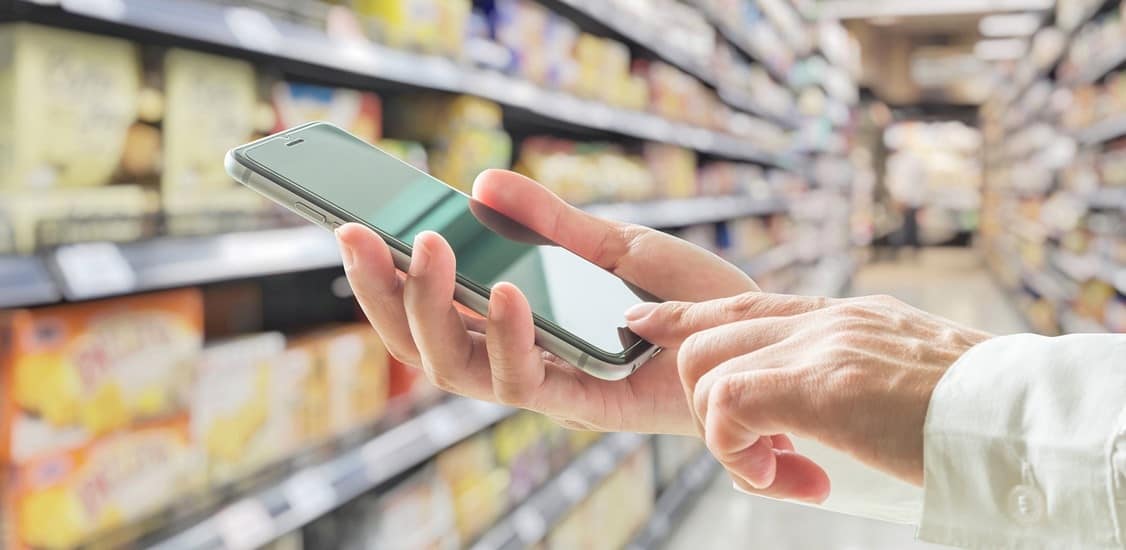It seems everything we touch these days uses data. Whether a phone, watch or even a fridge, we live in a connected society. Increasingly, this is becoming a sharing society. Over the last 20 years, we’ve seen mobile data sharing mature from a couple of devices (think mobile and car phones) to shared family groups and now to sharing for small and medium enterprises (SMEs); however, let’s not forget this has taken two decades. You cannot help but wonder why we don’t see more innovative sharing of data as we connect more and more devices to mobile networks.
An example I faced recently was when my daughter ran out of data. While this in its own right is not surprising, what was surprising was that the only option she had was to change her monthly tariff. She had no way to buy a small one-off bundle just to last her to the end of the month.
Even though I am on the same network, I also had no way of gifting her any data, nor could I create an ad-hoc sharing group, and so I ended up using the personal hotspot capability on my phone to give her internet access.
It strikes me that our mobile operator missed a trick here by a) not providing a small data top-up she could afford and b) not allowing the sharing group to be defined. If this were possible, their marketing could go to town and introduce shared groups across families, communities, SMEs and large enterprises.
Unlimited data… just by sharing
Imagine the local sports club signing up to provide a shared data bundle for its members. The benefit for the club would be inexpensive shared data for the members, while the advantage for the operator would be a sticky relationship. The club is effectively encouraging its members to move across to the operator. This could easily be extended to allow free streaming of the latest local tournament to the group members, etc. Another example could be banks or shops giving away data bundles to their customers as a form of loyalty rewards, opening up a whole new market for the operator.
Scaling to large enterprise groups would permit an operator to sell value-added services; therefore, letting an enterprise manage its own organization by setting and controlling budgets for data usage. The idea of controlling an enterprise in real-time still seems impossible for many operators, but the potential savings are huge given operators write off millions every month over disputed batch processed invoices.
Another area is of course IoT, as nearly everything becomes internet-enabled and controlled. I can even buy a GPS tracker for my dog and measure his daily steps! So the mind boggles at just how much data can be shared between devices, creating a fluid exchange across the home, the office and the community.
Four ways it can work
While this represents a utopian view of data, one where there is enough to go around, in order for it to work telco operators must adhere to the four golden rules of mobile data management:
1. Data absolutely has to be managed in real time
This is table stakes to even join the party, but it is amazing how much processing is done in batch by operators, even today. It includes everything from managing the network session, charging the asset to aggregating and presenting information at the user level.
2. Sharing must be transactional
Whether it is a flat group/community or multi-level hierarchy, every interaction needs to be properly accounted for to allow for correct notifications and credit limit controls. If multiple users are sharing data and the legacy batch process can only calculate overages after they occur, there is little value to the operator.
3. Digital commerce transactions need to be instant
We live in the instant gratification age and consumers are no longer willing to accept waiting for hours, minutes or even seconds for balance management operations such as top-ups, purchases, etc. to complete. If nothing happens after you click, you are most likely to call the helpdesk, which defeats the whole point of going digital.
4. Users can no longer have a single tariff
By this, I mean users will have a wallet with the operator containing of lots of individual bundles together with relationships/links to other wallets containing yet more bundles. All of these data balances need to be aggregated, prioritized, processed and presented to the user in a clean manner - all while complying with rule #1!
The best part about all of this is that it’s entirely possible, and most likely probable, as connected devices proliferate and data becomes a critical commodity. What remains to be seen is which of our mobile carriers will be the first to have us swapping milk for data.




















